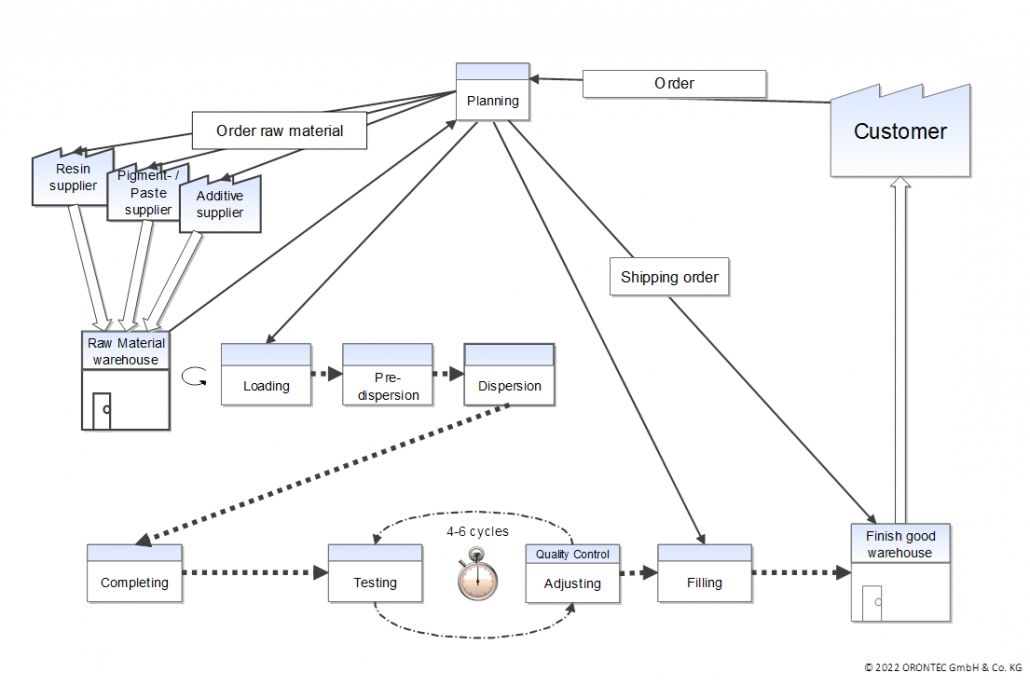Use your “hidden factory”!
Imagine being able to complete all your orders on the shop floor without corrections and on time by the specified deadline. Is this an illusion or can it become reality?
We believe it can become reality. And we also have concrete starting points and examples for this. For implementation, it is necessary to find the “hidden factory” in one’s own process.
The term hidden factory has been used since the mid-1980s. Since then, the definition has changed a few times. Therefore, I would like to briefly define the term as it is usually seen from a process optimization perspective.
From a process optimization point of view, the “hidden factory” represents the potential that cannot be used in a value-adding way due to non-value-adding steps in the established process.
Value-added steps are process steps that add value to the product in the process. This means that the product is refined by these steps and the customer is prepared to pay a higher price for it.
Non-value-added process steps are all the activities we do in our established process to bring deviating product characteristics into specification, to rearrange the flow to accommodate changing priorities, to free up equipment or machinery so that other manufacturing can be done, and so on.
Why do we do these non-value-added activities? Because we can’t do better with the resources and skills we have. This is not so much an accusation as a hint at which point you can find the entrance to use the “hidden factory”. In the following articles, we will take a closer look at the topic using the example of color tone correction and describe concrete approaches for optimizing productivity at low investment costs.
But first, let’s take a look at the coating production process:
The process diagram shows end-to-end production. This means that the production of a single batch contains all production stages from the raw material to the delivered product. Within this process chain, there is a defect propagation that leads to the first sample, which is checked in the laboratory, showing an intolerable deviation from the target values. In most cases, inadequate controls take place in the previous process steps.
The result is a process that follows the principle of “measure and correct”. Only at this point does the deviation from an ideal process become apparent. Often the number of corrections is between 4 and 6 cycles and requires between two hours and one day per cycle. This is exactly where the hidden factory lies. In practice, we are often confronted with the fact that these corrections are necessary in the end because process control at the front of the process is too time-consuming, lengthy and expensive.
In the following articles, we will take a closer look at the effects of this approach and what options there are to use the hidden factory and to come to a principle of “Measure and Control”. Having the process under control from the beginning is the way to use the “Hidden Factory”.
Want to know more, then follow our blog or give us a call.




